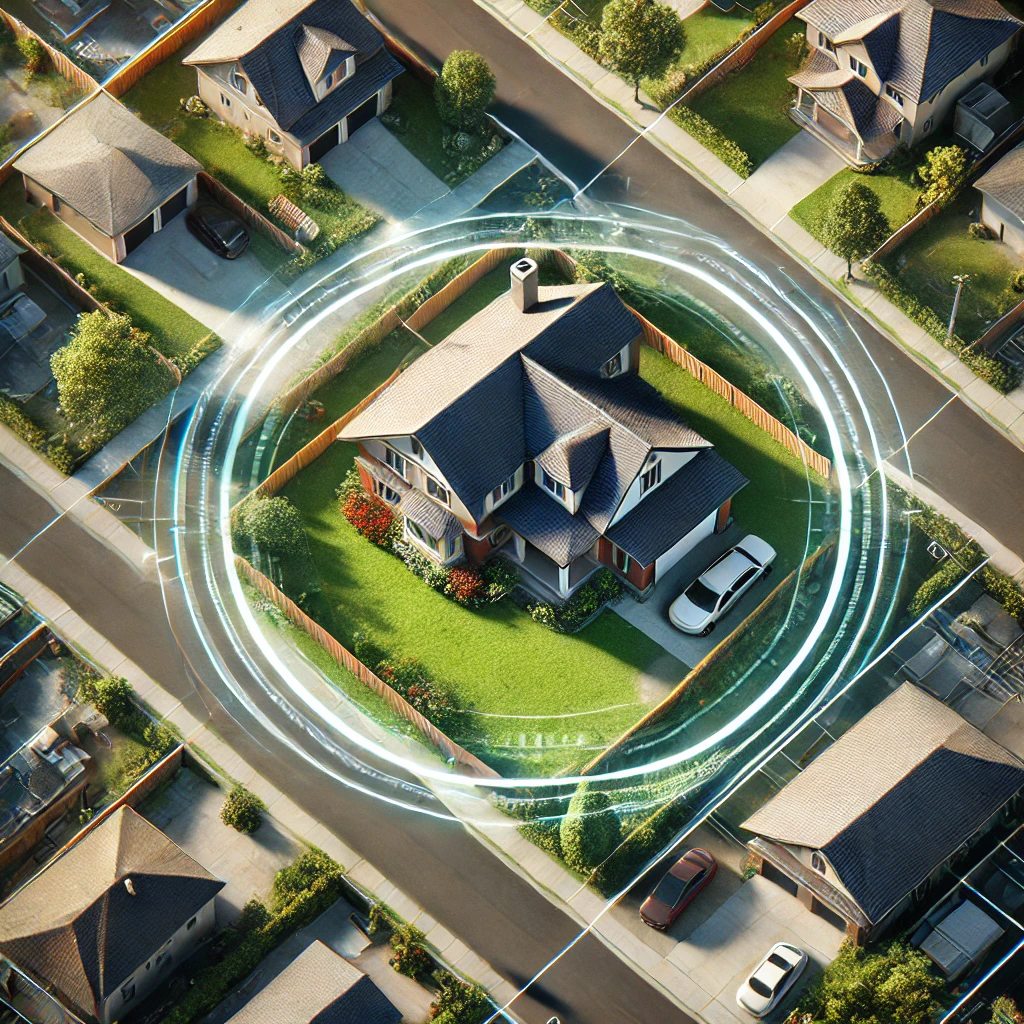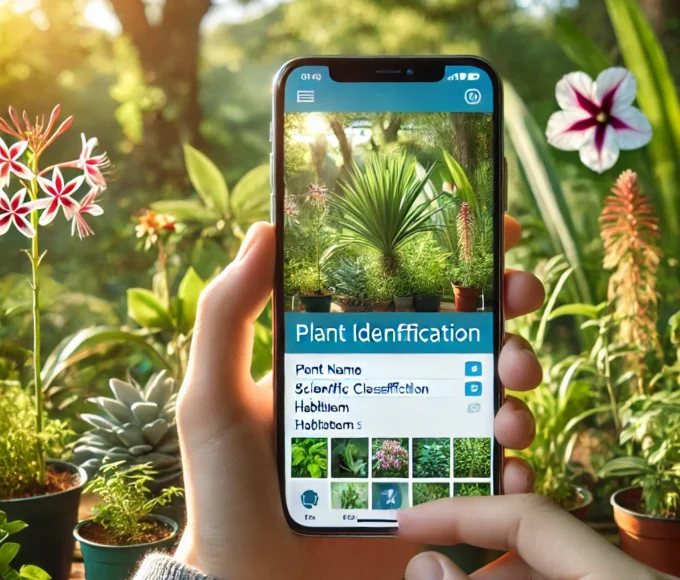Over the past few decades, technology has made significant advances that have changed the way we view the world around us. One of the most impressive developments is our ability to observe planet Earth from space using satellite imagery. Previously, this technology was the exclusive preserve of military and scientific organizations, but it is now available to the general public, offering a unique and fascinating view of the planet.
The Satellite Imagery Revolution
Satellite imagery is undoubtedly a true revolution in the way we understand geography, the environment and human interactions. Since the capture of the first image by the first satellite, Explorer 6, in 1959, the possibilities of this technology have multiplied. Today, these images are used for much more than just Earth observation, as they have several practical applications.
Modern satellites orbit the planet at altitudes ranging from hundreds to thousands of kilometers and capture images with a resolution that allows people to view the surface from them. These images are used for environmental monitoring, weather forecasting, agriculture, city planning, and even national security, among other things. For the average user, the possibility of seeing their own home, city, or country from such a height is extremely exciting and educational.
How Satellite Imagery is Granted
Earth observation satellites capture images using optical sensors, infrared sensors, and radar sensors. These sensors work by detecting radiation reflected or emitted by the Earth's surface. They can also be processed to identify vegetation, bodies of water, urban areas, geological formations, and more.
Once satellites send back the collected data, ground stations process it and convert it into usable images. These images can be assembled in various ways to create maps or examined over time to analyze changes. The process of capturing and analyzing images plays an integral role in many fields of knowledge and in strategic decision-making.
Attraction to Earth Observation
The attraction to observation is not an insignificant ingredient in this formula. Seeing the world from above is inherently fascinating for many people. The first time they saw their home or neighborhood in a satellite image was unforgettable. Exploring far-flung places, observing natural landscapes, or finally understanding global geography in a different way piques curiosity.
Furthermore, there is a powerful emotional appeal. Satellite images show how vivid and beautiful this planet is, but also how tiny we are in comparison. They reinforce the importance of protecting the fertile places on our Earth and remind us of the beauty we need to preserve. In this sense, satellite images are a powerful way to promote action for the environment.
Future Applications
In the future, we will see an increasing integration of satellite imagery into our daily lives, from travel planning to natural resource management. This new technology has the potential to make the world a better place, not only by expanding our understanding but also by effectively maintaining our presence on the planet.
Satellite imagery is one of the great wonders of modern technology. It offers a fascinating and objective way to see our world. The combination of art, science and technology makes satellite imagery an invaluable tool for exploring and understanding the Earth. Whether for professional, educational or simply for entertainment purposes, the ability to see our planet from above will continue to delight and inspire generations to come.








